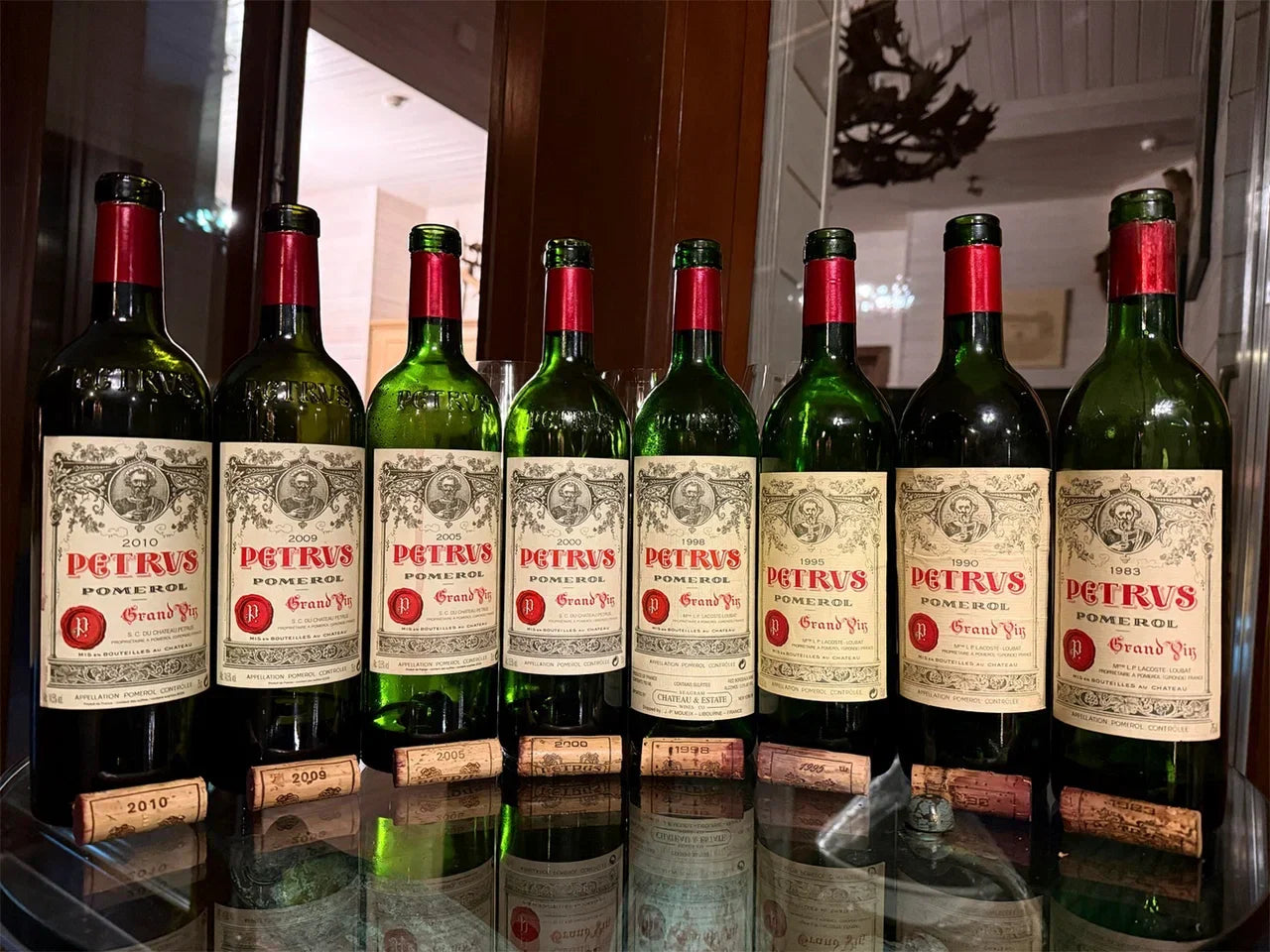
Text by: Greg Somm
This column is written by The Gold Certified ASI Sommelier, Chef-sommelier of WineHall Company and a MS Diploma Candidate, Greg Somm.
It is difficult to write about tastings of great wines in simple words – the professional approach to wine leaves a mark on every word and makes such stories very complicated. Anyway, great wines deserve great reviews, so I will try to synthesize this experience into some solemn words.
The greatness of Petrus is enclosed in the very name of the wine. And if in the era when the transport accessibility of Pomerol bypassed its wines, then after the Second World War, when everything began to develop dynamically, and wine exports to the USA began, it was the name, together with the people, that brought this wine to a benchmark level.
Here is the story in figures. The history of Petrus begins in 1837. It belonged to the Arnaud family then. But in 1917, they sold it. And the Loubat family, by some providence, begins to buy up shares of the joint-stock company and by 1945 becomes the sole owner. And then Jean-Pierre Moueix comes to the forefront. A brilliant and in every sense outstanding person, who brought this wine to the very top. In 1964, it was his family that collected all the shares from the heirs of Loubat and from that moment a new history began. Since that year, Jean-Claude Berrouet became the chief winemaker, who passed this post to his son Olivier Berrouet, who makes wine at the moment. But that's not all. The great master Emile Peynaud also had a hand in the 1960s as an oenology consultant.
The greatness of wine lies not only in the people who make it, but also in those who drink it. In different decades, these were completely different, but invariably outstanding people. But I am primarily interested in the wine itself, or rather how it is made. And from this side Petrus is also unique in many ways. Some of the oldest vineyards and absolute perfectionism at the winery are the basis of the level of this wine. Many agricultural and oenological techniques were used here first. Limiting the yield, sorting in the vineyard, optical sorting of berries, temperature control during fermentation and bottling without fining and filtration – all this was first and together used here. This requires a lot of investment. Wine is an expensive pleasure and Petrus is therefore worth the money that people are willing to pay for it.
And now about the set that we tried. Nine years later once again, for me, this was an experience of a completely different level. The main thing that I realized is that Petrus of the 90s and 00s are two fundamentally different wines. And this is absolutely normal. 2010 and 2009 are two immortal vintages if stored correctly. Absolutely monumental structure. The aroma is abundant with black berries, violets, undergrowth tones and coffee. At the same time, the taste has a wonderful balance and a perfectly tailored body. 2005 and especially 2000 are incomparable wines that are pleasant to feel with every fiber of your receptors. If 2005 is a little younger, then 2000 for me was the ideal development in wine. It already shows shades of truffle and earthiness. Simply magical wine. As for 1998 and 1995, I would like to note their special subtlety, especially 1998. “Seamless” wine is about this vintage. But there is still plenty of freshness. But still, it is striking that this wine was made with completely different considerations. 1995 was in many ways similar to 1998 but more loose, albeit more subtle in taste. The cherry on a pie was the 1990. And this is the absolute greatness of Petrus. The aroma is incredibly strong and subtle, rich and at the same time balanced. The taste is still very rich but already soft and smooth. We finished with 1983, a vintage that gives a good sense of how wine has changed over the last forty years. While it didn't have the depth of 1990 and 2000, it had a good sense of the Petrus – breed and class.
